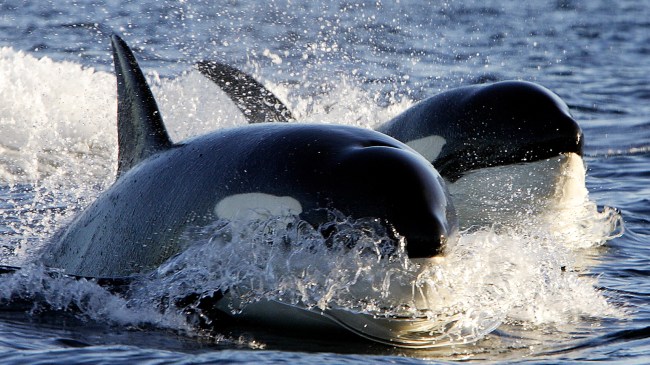iStockphoto
Boaters who’ve decided to traverse the waters in the vicinity of the Strait of Gibraltar over the past few years have run the risk of attracting the attention of orcas that have targeted vessels during a string of hundreds of attacks, and scientists have floated a new explanation for the trend that seemingly has no end in sight.
It’s been around four years since a group of around 15 orcas off the coast of the Iberian Penninsula started to make a name for themselves when they started getting up close and personal with boats near the Strait of Gibraltar during a string of incidents that can be traced back to May of 2020.
Earlier this month, the so-called “killer whales” responsible for the spree of attacks managed to send a vessel to a watery grave for the fifth time after damaging a 49-foot yacht that sank as the result of their bombardment. Only a tiny percentage of the close to 700 boats they’ve “interacted” with have met that fate, although approximately half of the ones at the center of the encounters have suffered notable damage (usually to the rudder or hull).
Experts have struggled to come up with a concrete explanation for the ongoing reign of terror that’s been orchestrated by the apex predators that typically don’t pose a threat to humans.
The primary and initial operating theory concerned an orca dubbed “White Gladis” and framed the attacks as a revenge tour perpetrated by the mammal they believe taught other members of the species to attack boats after she was injured by one that struck her. While it’s hard not to be intrigued by the idea of an animal driven by an endless thirst for vengeance, a team of scientists has floated a slightly less compelling hypothesis.
Earlier this year, a group of orca experts convened for a meeting of the minds the International Whaling Commission orchestrated in conjunction with the Spanish, Portuguese, and Moroccan governments that led to the publication of a paper outlining their thoughts on the motivation for the attacks.
The consultants seem to think the whales are simply bored and looking for something to break up the monotony of their existence. They note the recovery of the bluefin tuna population in the region means the orcas have more free time on their fins now that less effort is needed to hunt the fish for adequate sustenance, suggesting “perhaps these whales, especially the juveniles, have more leisure to explore novel behaviors.”
The experts also essentially shrugged their shoulders while addressing a possible solution to end the attacks, noting it’s ultimately on mariners to avoid traversing waters where they know the orcas can be found, saying:
“Ultimately, this behavior may disappear, as fads have in other populations, but it may also reappear at some point in the future.
These are intelligent, socially complex, innovative wild animals and science cannot predict their behavior with certainty.”
The paper also noted anyone who encounters the orcas should attempt to leave the area as quickly as possible while making their way toward the coast.
It also advised against the use of deterrents (including “firecrackers and electrocution”) while stressing they’ve been ineffective in changing the behavior of the endangered animals who could be put at risk. It didn’t explicitly address the boats that have blared heavy metal to try to ward the orcas off but suggested that approach may only serve to attract them.

